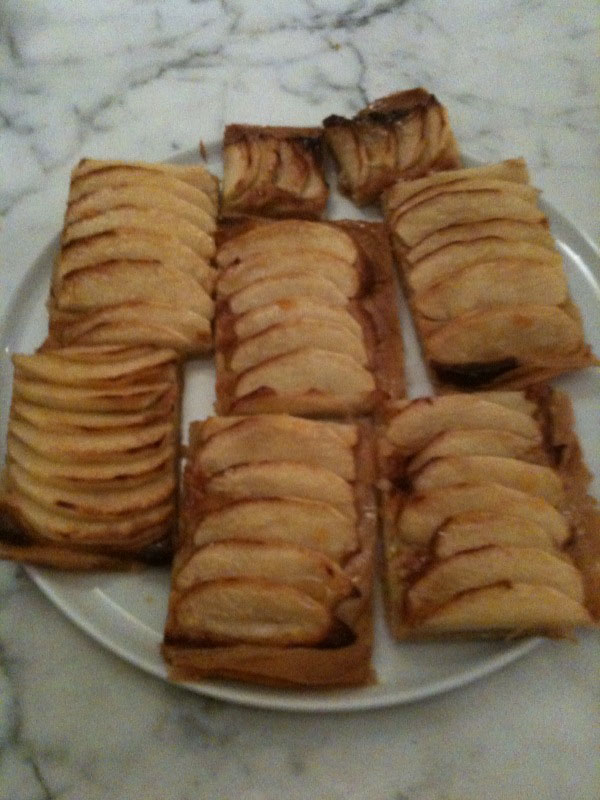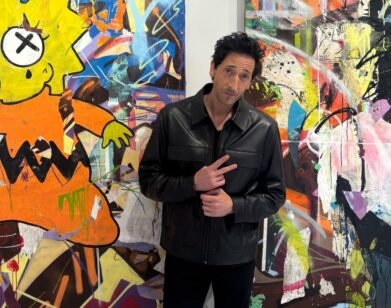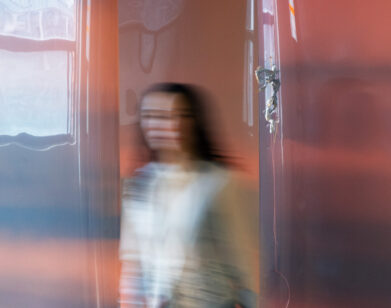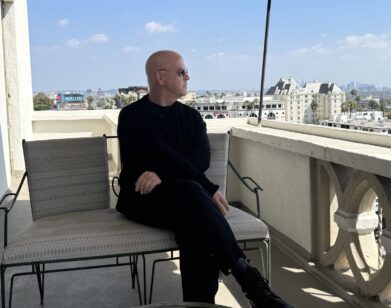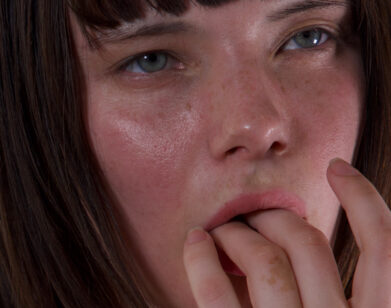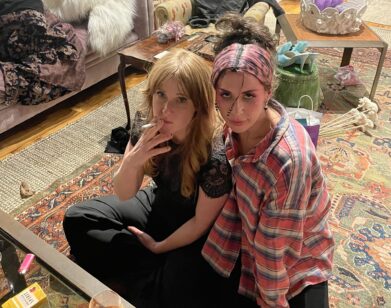Cotton Candy Man
For the next two Sundays this month (Nov. 14 and 21), Will Cotton will turn New York’s Partners & Spade Gallery into a wonderland of cakes, macaroons, pies, tarts, gorgeous girls, and the other delights that typically appear in his paintings. Cotton is living a fantasy of his own–by acting as a premier pastry chef and selling his goodies at bakery prices.
Cotton is exposing his fans to the sensual warmth and smells of his own studio, where he often personally cooks his own props on site. Cotton’s pastry shop connects the visual fantasies his paintings illustrate to all of his viewers’ senses that they stimulate. Here, Cotton discusses baking for gallery goers and offers tastes of the deeper socio-political, psychological and culture specific meanings that permeate our most indulgent treats.
ANA FINEL HONIGMAN: Did you read that article in the New York Times about the man who only eats candy? You don’t think he’s cool, do you?
WILL COTTON: I read that. Seems like he’s missing out on an awful lot of culinary pleasure. At the same time, I respect his decision to not follow conventional eating habits.
HONIGMAN: It seems that he does though. Most people out there seem to eat primarily for pleasure and immediate energy. Are you very aware of your paintings being perceived differently in different parts of the US or abroad?
COTTON: In America, most people are aware of the Candy Land board game, so that becomes their point of reference; in Europe it’s Hansel and Gretel. And I like that they bring a dark reference to it. Much of the recent work focuses more on people and portraiture and the idea of adornment though, so that may be a more European tradition, though I think everyone relates to it.
HONIGMAN: What about sweets? What are your eating habits like? Do you like mostly gourmet treats or are you also into Kit Kats and the stuff at the grocery check-out line?
COTTON: My tastes are across the board. I love Halloween for all the low-brow candy, but then I’ll occasionally wind up at Daniel, where I know the pastry chef, and he’ll make a ten course desert tasting that’s so complex and exciting, with all kinds of unexpected flavor combinations. I’m usually searching for items to paint that are familiar enough to trigger a response in the viewer.
HONIGMAN: You do much-loved figure-drawing sessions for fellow artists. Do you host dinners often, too?
COTTON: Yes, I have. I like to try out unusual flavor combinations on guests to see how they react. I personally like salmon sashimi on peanut brittle dipped in soy sauce, but I haven’t found too many others who do.
HONIGMAN: Food, particularly sugary foods, are intricately linked to sociological stereotypes. Do you find that people’s responses to your work express their attitudes about class, luxury and identity, as well as issues of indulgence, guilt and pleasure?
COTTON: People’s love of sweets and guilty feelings about overindulgence are pretty universal.
HONIGMAN: If this is about exposing the intimate reality of your process, why do it in a gallery instead of your studio?
COTTON: It’s as important to re-contextualize this aspect of my practice as it is to show the paintings in a gallery. In a gallery there’s an expectation of high prices and a somewhat elitist atmosphere. My baked goods are not being offered up as art, nor are they being given out for free, as other artists have done in the past.
HONIGMAN: How do you rate the experience of being creative in the kitchen versus the studio?
COTTON: I find my failures in the kitchen more disappointing. Failures in art usually lead to something else interesting. But there’s no comparison between the two, really.
HONIGMAN: Will the beautiful women be there too?
COTTON: Absolutely! I’ve made cupcake tiaras for all my helpers to wear.
Partners & Spade is located at 40 Great Jones Street.

